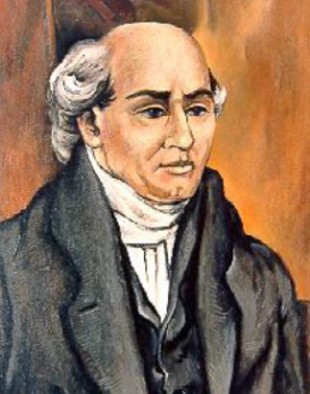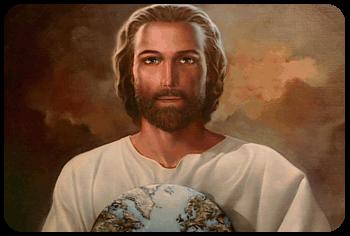|
**List: Lahnda Ministry
the Bible ( the
Bible )
Lahnda...
"Lahnda is spoken in northern West
Pakistan by an estimated
4 million people. It is also known as Multani (language of
Multan),
Jatki (the language of the Jats), and Western
Panjabi. None of
these terms is as accurate as the native Panjab name, Lahnda,
meaning ‘the Western tongue’. The breadth of terminology
illustrates the problem arising from the gradual shading of these
Indo-Aryan dialects from Panjabi to the cluster of slightly vary-
ing regional Lahnda forms. The Lahnda Scriptures are prepared
in the northwestern Lahnda usage, said to be spoken by about
800,000 people. Lahnda character, used in the Panjab by speakers
of Lahnda and Sindhi, is thought to be
related in descent to the
Sarada and Tankri scripts. Local variations of this writing are in
use."--1000 Tongues, 1972 [Info only]
|
|
MOULTAN, OR WUCH.
"THE district of Moultan, in
which this dialect is vernacular, is enclosed by the rivers Indus, Chenab,
and Gharra; it has the Punjab on the north, Sinde on the west and south, and
the Sandy Desert on
the east. Although Moultan was formerly an extensive territory, yet
owing to political changes it
does not now exceed 110 miles in length, by 70 in breadth. The amount
of population is uncertain,
but does not probably exceed three or four hundred thousand. Brahminism and Moh_mm_danism
are the two predominant religions.
The dialect is called Wuch, or Ooch, from a town of that name
in the southern extremity of
Moultan. It differs little from the Sindhee, and the character in
which it is written is nearly the same
as that used in writing Sindhee. A translation of
the Scriptures into this dialect was commenced at
Serampore in 1812, and 1000 copies of the New Testament were printed in
1819. But as no my.
station had been established at Moultan before the year 1856, it is not
probable that this
edition has obtained much circulation. The Serampore mies. afterwards
saw their error in
providing translations of the Scriptures for countries where there were no
mies. to undertake
the distribution, and they accordingly gave up their former intention of
procuring a version of the
Old Testament for Moultan, and dismissed the pundit whom they had employed in
the translation of
the New Testament."--1860 S. Bagster [Info only]
|
"First publication, the New
Testament in Landa characters in 1819 at Serampore by the Mission
Press; tr. by the Serampore mies. (See No. 87)."--1000 Tongues,
1939 [Info only]
|
LAHNDA: Multani--1000 Tongues, 1939 [Info only: Landa characters
"1819" Book ch:v unknown.]
Lahnda Character
"1819 New Testament Serampore MP
Translated under the supervision of the Serampore mies."--1000
Tongues, 1972 [Info only:
LAHNDA CHARACTER "1819" Mark 1:2 unknown.]
|
"Persian characters:
St. Mark’s Gospel, BFBS, Lahore, 1888; tr. by A. Jukes of the CMS;
St. Matthew’s, St. Luke’s and St. John’s Gospels, 1898.
CP: BFBS."--1000 Tongues, 1939 [Info only]
|
LAHNDA: Multani--1000 Tongues, 1939 [Info only: Persian characters
"1898" Book ch:v unknown.]
Arabic Character
"1888 Mark 1898 Gospels
Panjab Auxiliary BS
Translated by A. Jukes, Church MS."--1000 Tongues, 1972
[Info only:
ARABIC CHARACTER "1898" John 2:1-4 unknown.]
|
Lahnda: Hindko...
"The Hindko dialect of Lahnda is spoken in Hazara
and west of
the Indus River in Pakistan."--
1000 Tongues, 1972 [Info only]
"Spoken by about 800,000 people
in Peshawar and Hazara, North
West Frontier Province, India."--1000 Tongues, 1939
[Info only]
|
"First publication, St.
John’s Gospel
in 1930 at Lahore by the BFBS; tr. by Miss C. L. Robertson of the
Women’s Industrial Mission and two native pastors."--1000
Tongues, 1939 [Info only]
|
LAHNDA: HINDKO--1000 Tongues, 1939 [Info only: Persian characters
probably John 3:16 unknown.]
Arabic Character
"1929 John BFBS, Lahore
Translated by C. L. Robertson."--1000 Tongues, 1972
[Info only:
ARABIC CHARACTER "1929" John 3:16 unknown.]
|
|

